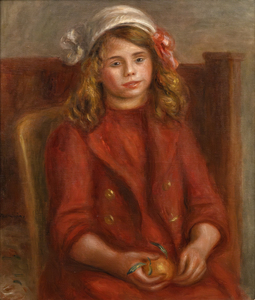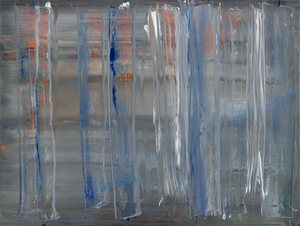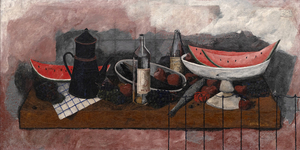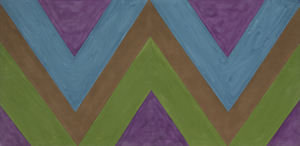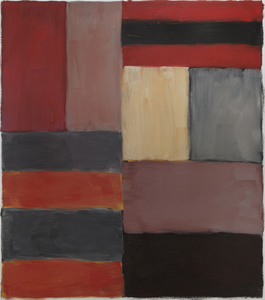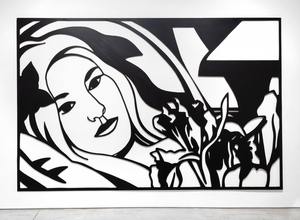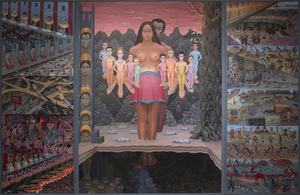汤姆-文迪蒂(TOM VENDITTI
联合主席,咨询
Montecito
Tom Venditti 是一位经验丰富的顾问,他曾担任独立艺术顾问和保罗-艾伦(Paul Allen)的艺术品收藏高级总监,其收藏在 2022 年佳士得拍卖会上创下了多项纪录。
在建立和管理众多收藏的过程中,汤姆为著名艺术品收藏家提供了全程指导。在担任纽约的独立艺术顾问之前,汤姆曾在华盛顿州西雅图市的 Vulcan 公司工作了 14 年,在为保罗-艾伦家族艺术收藏的收购和退出提供建议方面发挥了关键作用。汤姆的影响力体现在他为多处房产的藏品管理制定的战略规划和程序标准上。自 2019 年以来,他一直为 Heather James 的客户提供这方面的专业知识。
汤姆为私人收藏家提供顾问服务,并为公共艺术装置做出贡献,这充分体现了他对艺术世界各个方面的承诺。作为联席主席,汤姆带来了丰富的经验、对服务的承诺以及独特的技能,与寻求艺术市场无与伦比指导的客户产生了共鸣。
CATIE RINI PATTON
美术顾问
Montecito
Catie Rini Patton在旧金山、洛杉矶和曼哈顿的美术和室内设计界拥有超过20年的多样化高端销售和客户关系经验。她曾为主要画廊、拍卖行、私人收藏家和企业工作,包括Gensler、Chanel、Peter Marino和纽约银行。
自2018年加入Heather James Fine Art以来,Catie已经获得了委托,并帮助建立了著名的私人收藏,其中包括AlfredSisley, PabloPicasso, GeorgiaO'Keeffe, Ansel Adams, RobertMotherwell, Giorgio de Chirico, LeonorFini, AlexanderCalder, Tracey Emin, Takashi Murakami, & AndyWarhol。
Catie在俄亥俄州牛津市的迈阿密大学获得了商业学士学位,平面设计学士学位,以及艺术管理的辅修学位。她是旧金山The Battery的成员。
HEATHER JAMES FINE ART - MONTECITO 已经成为当地客户的宝贵资源,为大量的财产提供了广泛的支持和帮助。在Heather James Fine Art专家的帮助下,如果你有关于购买或出售的问题,或者希望对你的收藏品进行估价,我们的代表能够帮助你。
我们提供广泛的基于客户的服务,包括房地产和税务规划、收款管理、评估、物流管理、收购和金融服务。
在新闻中
服务
了解我们
画廊
172 Center Street, Suite 101
P.O. Box 3580
Jackson Hole, WY 83001
(307) 200-6090
时间。通过预约





















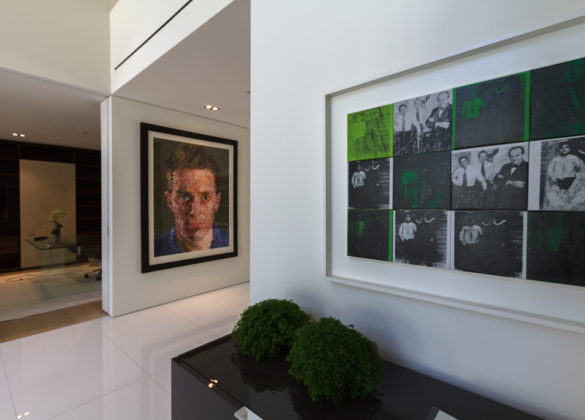
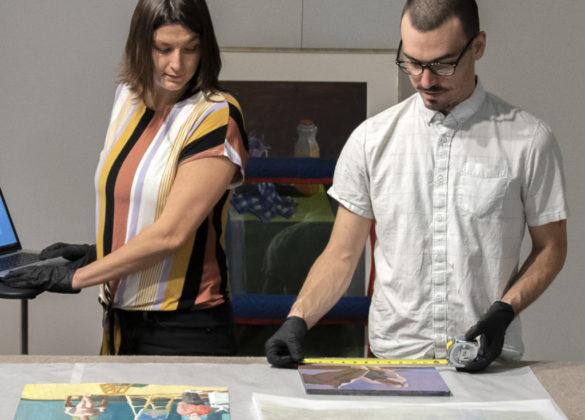











_tn47012.jpg )
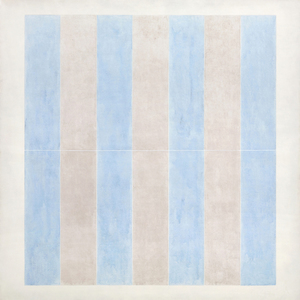
,_new_mexico_tn40147.jpg )
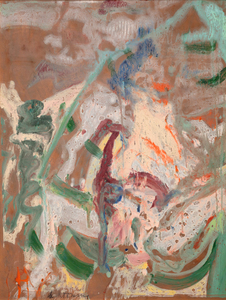
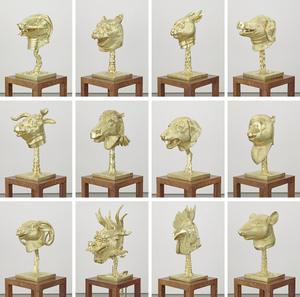
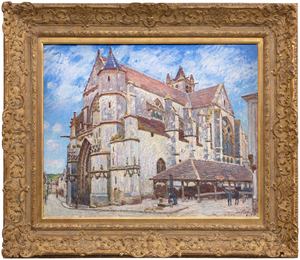
_tn43950.jpg )
